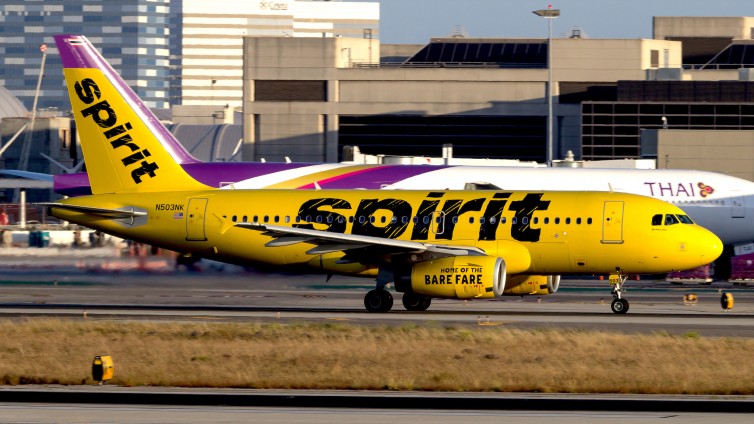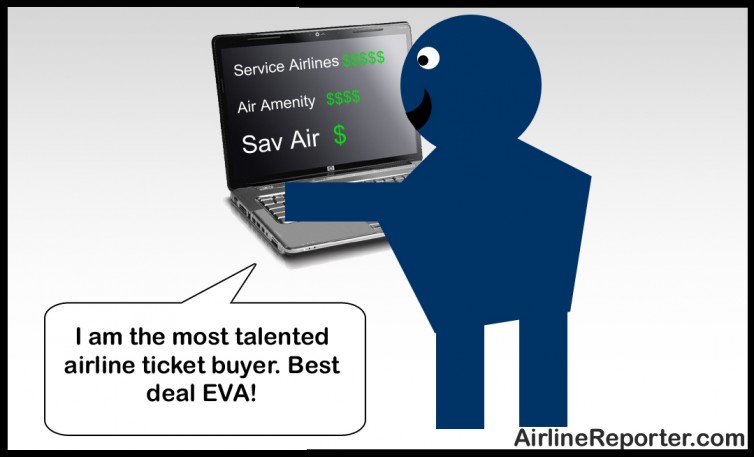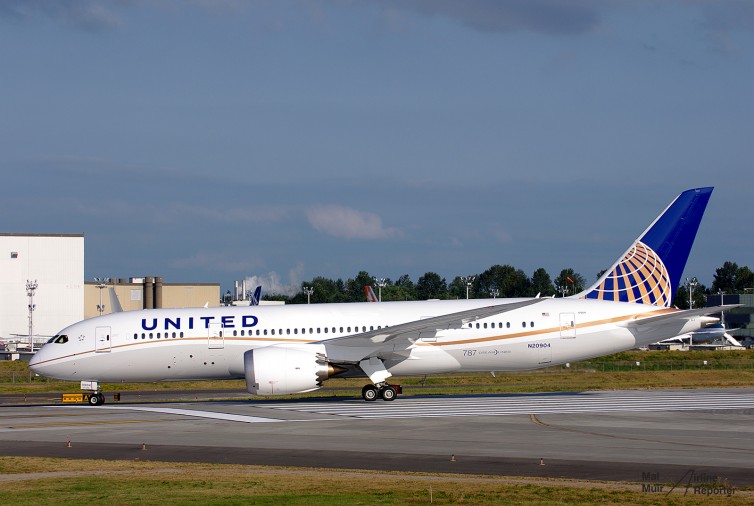
United Airlines’ first 787 at Paine Field – Photo: Mal Muir | AirlineReporter
THIS is the route that the Boeing 787 Dreamliner was built for. Flying between Tokyo and Denver, you need a special kind of aircraft. Something that is super-efficient, able to deal with Denver’s high altitude and summer heat, and right-sized for the market. The 787-8 checks all of those boxes.
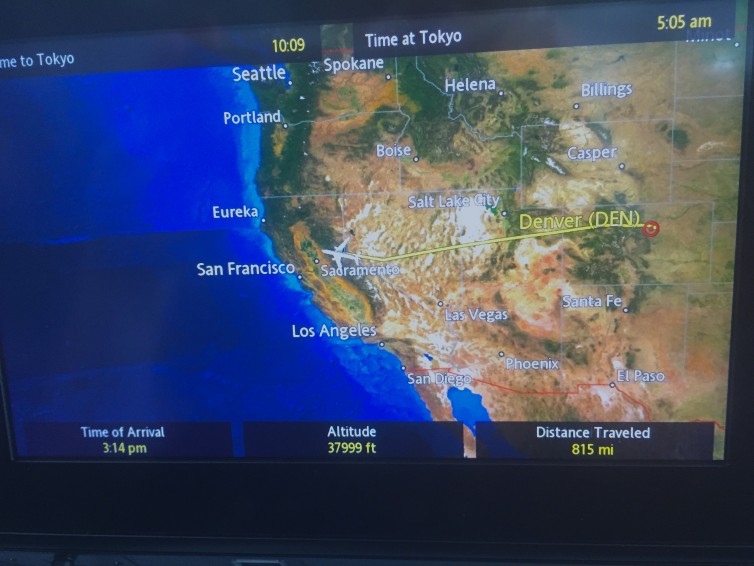
Luckily, the 787 has the legs for some wonky routings from Denver due to winds – Photo: Blaine Nickeson | AirlineReporter
Recently, I planned a trip with friend (and fellow Denver-based AirlineReporter writer), Dave Delagarza. Our wives were not thrilled to care for the young kids during the trip, but we’d be gone for less than 72 hours. In that period of time, we flew nearly 20,000 miles to Kuala Lumpur, Malaysia and back, all on 787-8s (of both the United and ANA variety). This helped us both re-qualify for our elite status levels with United, our dominant carrier here in Denver.
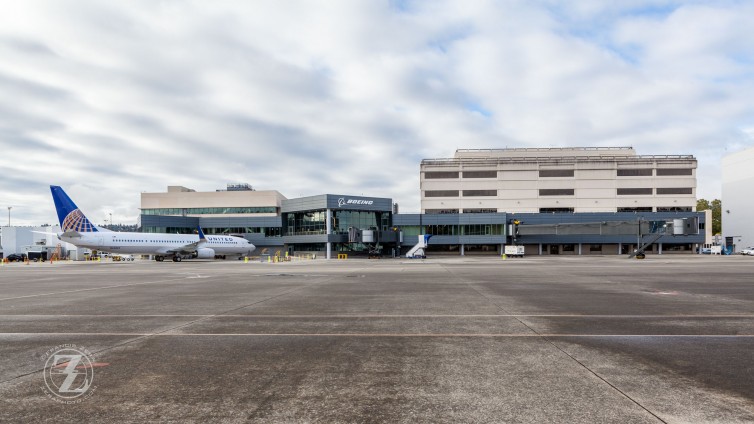
The new delivery center building has three gates and enough interior space to accommodate three simultaneous aircraft deliveries. The 737-900ER shown parked at the gate was delivered to United Airlines on Oct. 19.
Boeing opened its new Seattle delivery center for its booming 737 program on October 19 at King County International Airport, a.k.a. Boeing Field.
The 90,000 sq. ft. building is more than twice the size of the previous facility, which was located on the same site. It took 15 months to demolish the old structure, build the new one, and renovate some of the adjoining office spaces. According to Boeing officials, the new facility was needed to better accommodate the ever-increasing production rates for their 737 line. The current production rate for 737s is 42 per month, and planned rate increases will take that number to 52 per month in 2018.
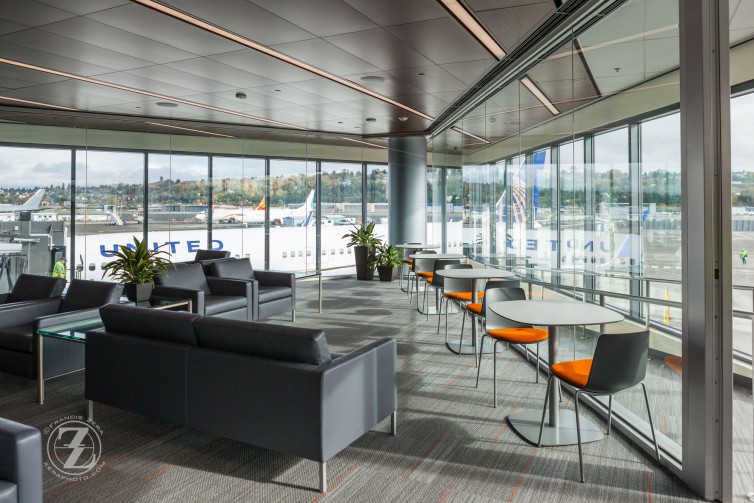
The main departure lounge at the new delivery center offers good views of the flight line.
I recently had the opportunity, on behalf of AirlineReporter, to check out the new facility and I was excited to see what an airline’s representatives experience when picking up their $85 million jet.
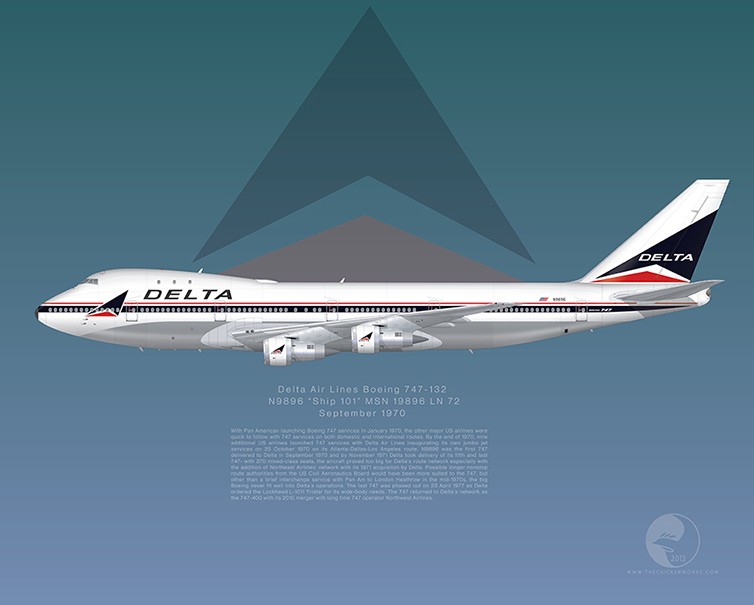
Delta’s first 747-100, N9896 ’œShip 101’ as it looked on her delivery in 1970 – Image: JP Santiago
On 9 September 2015, the very first Boeing 747-400 built, N661US, touched down at Atlanta from Honolulu as Delta Flight 836 for the last time in revenue passenger service. Ship 6301 was the Boeing 747-400 prototype, which was delivered to launch customer Northwest Airlines on 8 December 1989 and came over to Delta with the 2008 merger. There are twelve remaining 747-400s flying with Delta, all of which came over from Northwest. Current fleet planning will have these 747s retired in 2017.
Delta did however, for a brief time, operate the first variant of the 747 family, the 747-100, from September 1970 to April 1977. Only five aircraft were taken on strength with Delta and while the 747-100 was but a short historical footnote in Delta’s history, its legacy looms large to this day with the airline.
In order to understand what the 747 was for Delta at the time, one has to consider that as the 1960s were drawing to a close, Delta was in the midst of transition on several fronts. The first change came with the Southern Transcontinental Route Case of 1961. Prior to deregulation, airlines usually had to make a case for the opening of new services and routes to the Civil Aeronautics Board (CAB). Often these cases consisted of years of deliberation, and politics played a central role in airlines winning favorable rulings from the CAB. In the 1950s, the CAB favored interchange services as a means for airlines to open up new markets without saturating a given route with an excess of seats, harming profitability.
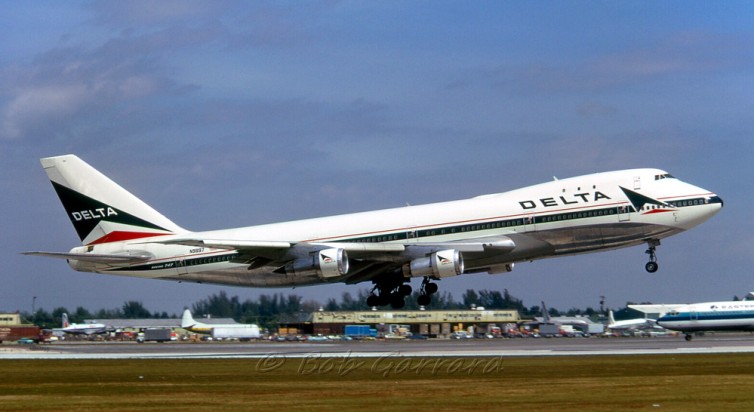
A Delta Boeing 747-100 (reg: N9897) taken in Miami in 1974 – Photo: Bob Garrard
Having a predominantly southeastern U.S.-anchored network, Delta linked up with several other airlines to offer interchange services which allowed it to fly as far west as California. As traffic grew on the interchange services to the west coast, Delta petitioned the CAB to operate the west coast services on its own, and in one of the more historic decisions made by the CAB, both Delta and National Airlines were given route authorities to California from the southeast in what was called the Southern Transcontinental Route Case.
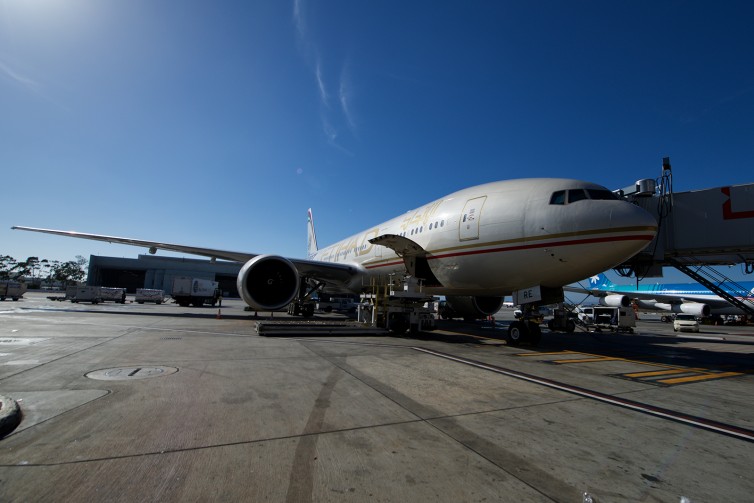
A6-LRE, a 777-237LR, loading up at LAX for the long flight back to Abu Dhabi – Photo: Bernie Leighton | AirlineReporter
“That was the bulliest experience I ever had. I envy you your professional conquest of space.”
Thing is, Teddy Roosevelt never flew Etihad. Guy missed out. If a small biplane could impress our only president to ever ride a moose, I think the sheer awesomeness of Etihad would likely have left him a gibbering fool!
AirlineReporter Senior Correspondent Jacob Pfleger flew Etihad’s first class product back in the days when it was still called “Diamond First Class.” It was amazing, but with the introduction of the Facets of Abu Dhabi scheme and removal of the word diamond, Etihad has taken it even further. Out of a sense of curiosity and jealousy, a need to travel to South Africa, and a desire to best Jacob, I found a good fare from Los Angeles to Johannesburg that would let me put Etihad to the test on their longest pair of flights. I flew from Los Angeles to Abu Dhabi and back, the route that Etihad purchased their 777-200LR fleet from Air India specifically to launch.
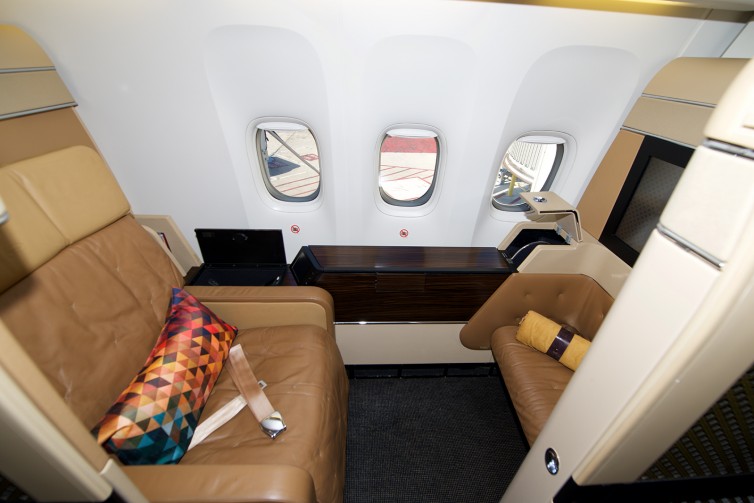
The suite was too long to fit its entirety in my 14mm lens! – Photo: Bernie Leighton | AirlineReporter
Now, when these planes came from Air India, they were in legendary Air India style. Missing parts, missing documents, pretty much close to the axe; the aircraft were not taken care of. Worse, Air India had decided to purchase the auxiliary fuel tanks from Boeing that were necessary for their dream routes to the U.S. West Coast that will only materialize this year (maybe). Etihad and Boeing worked for months to bring these aircraft up to scratch.
However, when you get on board, there is not a trace of the old horrors and neglect that these wonderful machines faced. The result is a first class cabin that is better than both Gulfstreams I have flown on.
The extremely wide seat extends into a bed well over six feet in length. Feeling exposed? Yeah, I would be too. Even though you can’t really see any other passengers when seated, that’s not the point – you have the ability to shut your doors and have ultimate privacy. When I fly, I’d rather not see anyone but the cabin crew. Commercial flights are not about socializing for me. Etihad understands.
I am a big fan of Spirit Airlines. They offer some of the lowest fares and push to promote their a-la-carte-style pricing. Although it seems that many customers see them as the enemy and “extorting” people out of their money, I see them as a viable, cheap option to get from point A to point B. Are they going to be like riding in business class on a Qatar A380? No… not even close. But that is not what they are about, nor should that be the expectation flying them.
Last week, I posted a letter from a reader complaining about his experience with Spirit and my hope was that people would see him as ridiculous and defend the airline. Many did, but some I saw (via the story and social media) agreed with the passenger. That surprised me.
I reached out to Paul Berry, who is Spirit’s director of communications, advertising, and brand to see what he thought. Although I was just looking for a few lines, I was very impressed with how seriously he took this complaint; he gave a very thorough reply. Below, you can see how he breaks down each topic and gives a detailed description on how Spirit operates.








